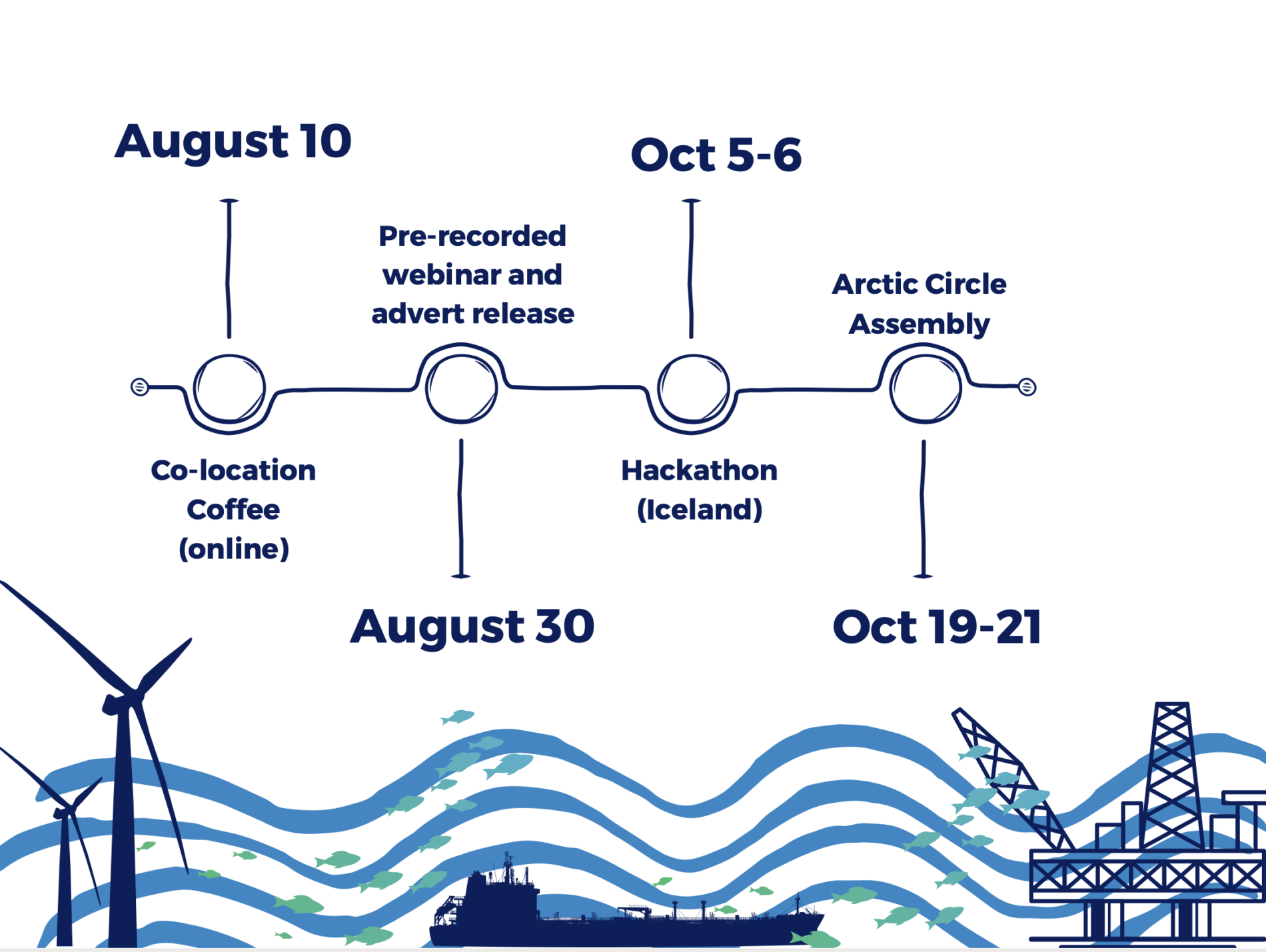Multi-use at sea, carrying out different marine activities in the same place, at the same time, can help build a more sustainable ocean economy. A new hackathon seeks to turn theory into practice.
In a truly sustainable ocean economy, we would get more value from the ocean than we do today, but with fewer side effects. One way of accomplishing this could be through multi-use, by placing several different marine activities in the same location. Multi-use, sometimes referred to as co-location, has been researched, studied, and prototyped by various ocean economy actors in recent years. There has even been talk of marine industrial parks similar to the land-based industrial parks that have proliferated for over a century.
Yet we still lack clear business models for marine co-location. How should it be set up in reality to be profitable? What could a self-sufficient multi-use platform at sea look like? To begin filling those gaps, Nordic Innovation is launching a hackathon.
The hackathon invites applicants to submit proposals for practical ways of co-locating marine activities e.g., offshore wind, aquaculture and carbon capture, with a particular focus on conceptual design, business models, and climate impact. The most relevant applicants will be invited to a physical event, the Hackathon Grand Slam.
At the Hack the Ocean Grand Slam, which will be held in Reykjavík, Iceland, on 5-6 October, the participants will be put into teams and tasked with building digital models of marine multi-use installations. The team behind the best model will be invited to join Nordic Innovation at the Arctic Circle Assembly, which brings together decision-makers and stakeholders in the blue economy and other sectors from across the Arctic region.
The hackathon is led by Iceland Ocean Cluster, which connects and supports blue businesses in Iceland and beyond, with the support of Centre for the Ocean and the Arctic, the pre-eminent centre for knowledge about the blue economy in Norway. Also contributing are HS Orka Resource Park from Iceland, Kalundborg Symbiosis and the Danish Ocean Cluster from Denmark and the Icelandic energy innovation groups Eimur, Blámi, and Orkidea.

